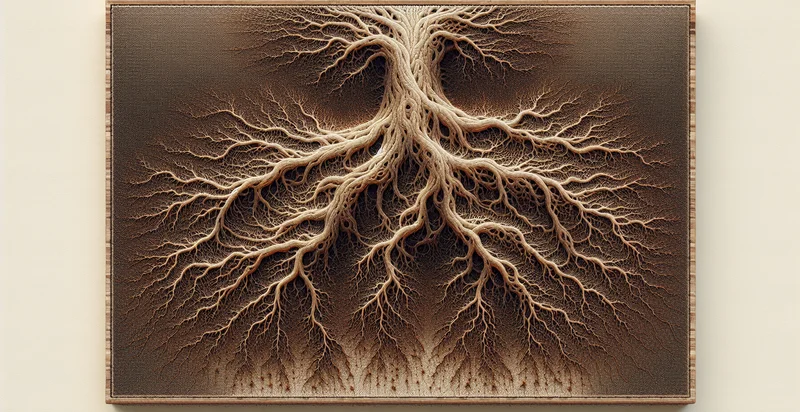Identify root status
using AI
Below is a free classifier to identify root status. Just upload your image, and our AI will predict the status of a tree root system. - in just seconds.

Contact us for API access
Or, use Nyckel to build highly-accurate custom classifiers in just minutes. No PhD required.
Get started
import nyckel
credentials = nyckel.Credentials("YOUR_CLIENT_ID", "YOUR_CLIENT_SECRET")
nyckel.invoke("root-status", "your_image_url", credentials)
fetch('https://www.nyckel.com/v1/functions/root-status/invoke', {
method: 'POST',
headers: {
'Authorization': 'Bearer ' + 'YOUR_BEARER_TOKEN',
'Content-Type': 'application/json',
},
body: JSON.stringify(
{"data": "your_image_url"}
)
})
.then(response => response.json())
.then(data => console.log(data));
curl -X POST \
-H "Content-Type: application/json" \
-H "Authorization: Bearer YOUR_BEARER_TOKEN" \
-d '{"data": "your_image_url"}' \
https://www.nyckel.com/v1/functions/root-status/invoke
How this classifier works
To start, upload your image. Our AI tool will then predict the status of a tree root system..
This pretrained image model uses a Nyckel-created dataset and has 16 labels, including Damaged Root, Discolored Root, Diseased Root, Fungal Infected Root, Healthy Root, Infected Root, Mature Root, Nutrient Deficient Root, Overwatered Root and Pest Affected Root.
We'll also show a confidence score (the higher the number, the more confident the AI model is around the status of a tree root system.).
Whether you're just curious or building root status detection into your application, we hope our classifier proves helpful.
Related Classifiers
Need to identify root status at scale?
Get API or Zapier access to this classifier for free. It's perfect for:
- Fraud Detection in E-Commerce: The 'root status' identifier can help online retailers identify counterfeit products by analyzing product images. By flagging images that do not match legitimate listings, businesses can reduce the incidence of fraud and protect their brand reputation.
- Image Verification for Social Media Platforms: Social media networks can utilize this classification function to automatically verify user-uploaded images. By identifying false or manipulated images, platforms can enhance trust and foster a safer online environment for users.
- Content Moderation in News Media: News agencies can implement the 'root status' identifier to validate the authenticity of images submitted for publication. This will help them maintain journalistic integrity and prevent the spread of misinformation.
- Security Surveillance Enhancement: Security companies can employ this technology to assess the authenticity of images captured by surveillance cameras. By determining if an image has been altered or fabricated, it enhances the reliability of evidence in security investigations.
- Quality Control in Manufacturing: In manufacturing settings, this function can be used to scrutinize product images against quality standards. Misleading images can be flagged, ensuring that only products meeting specific quality criteria are approved for sale.
- Verification in Online Dating: Dating apps can implement this function to verify profile images and reduce the prevalence of fake accounts. By ensuring that users are who they claim to be, it improves the safety and authenticity of the platform for its users.
- Medical Image Diagnosis Support: Healthcare providers can use the 'root status' identifier to validate medical images such as X-rays or MRIs. By detecting any discrepancies or alterations in the images, it ensures accurate diagnoses and supports better patient outcomes.


